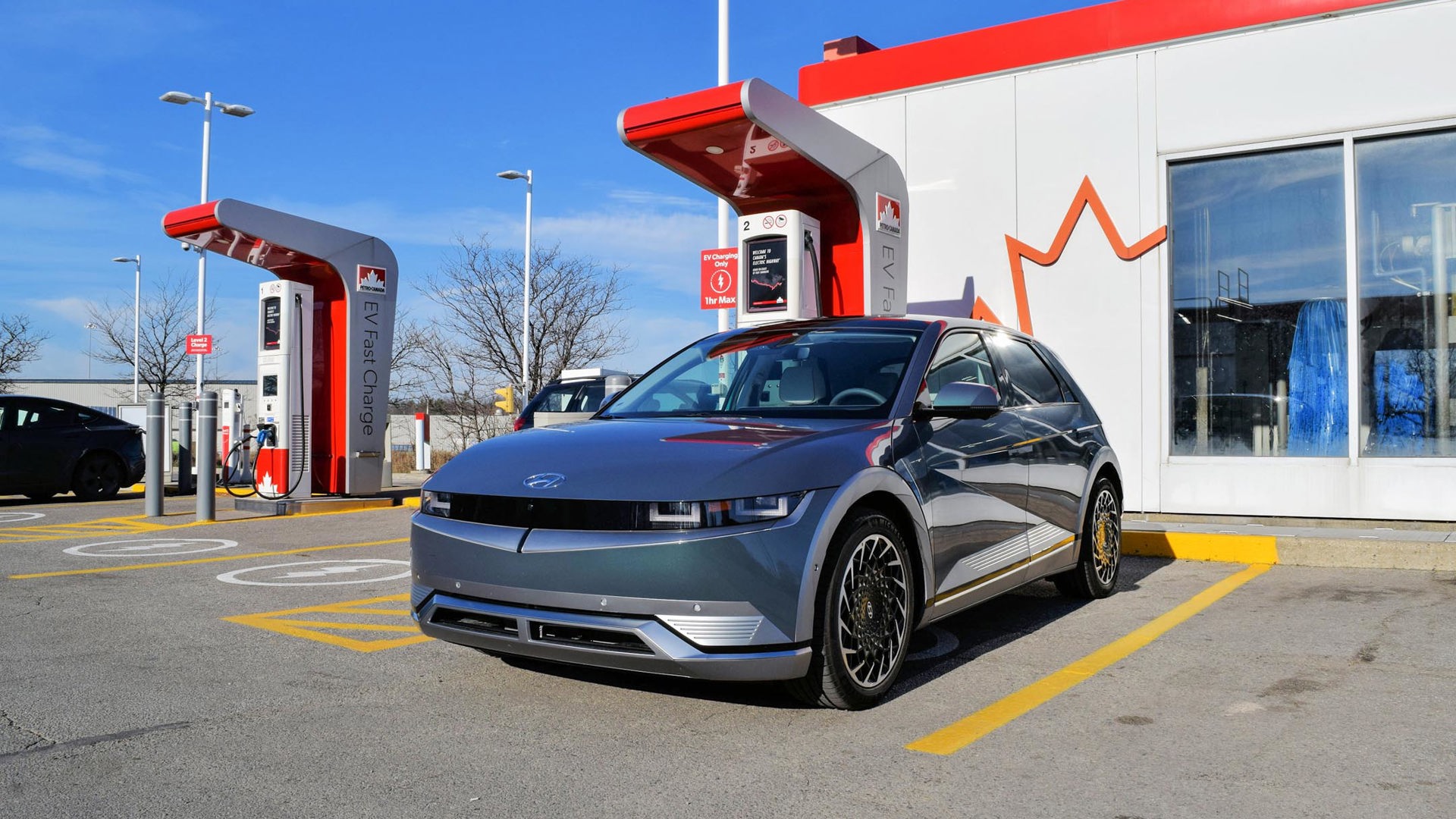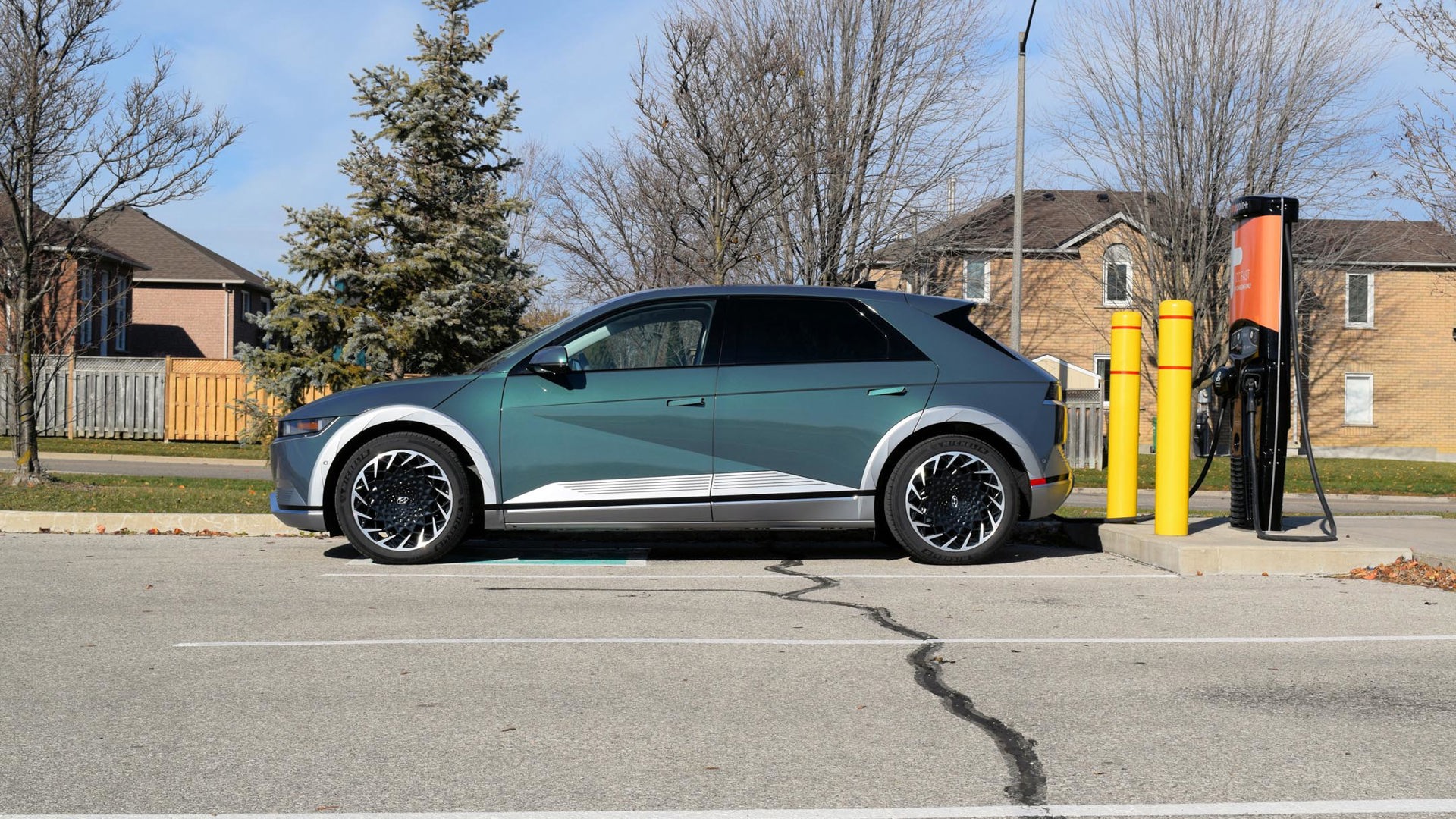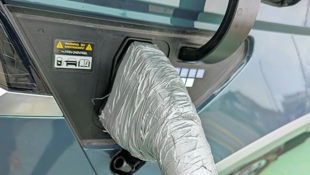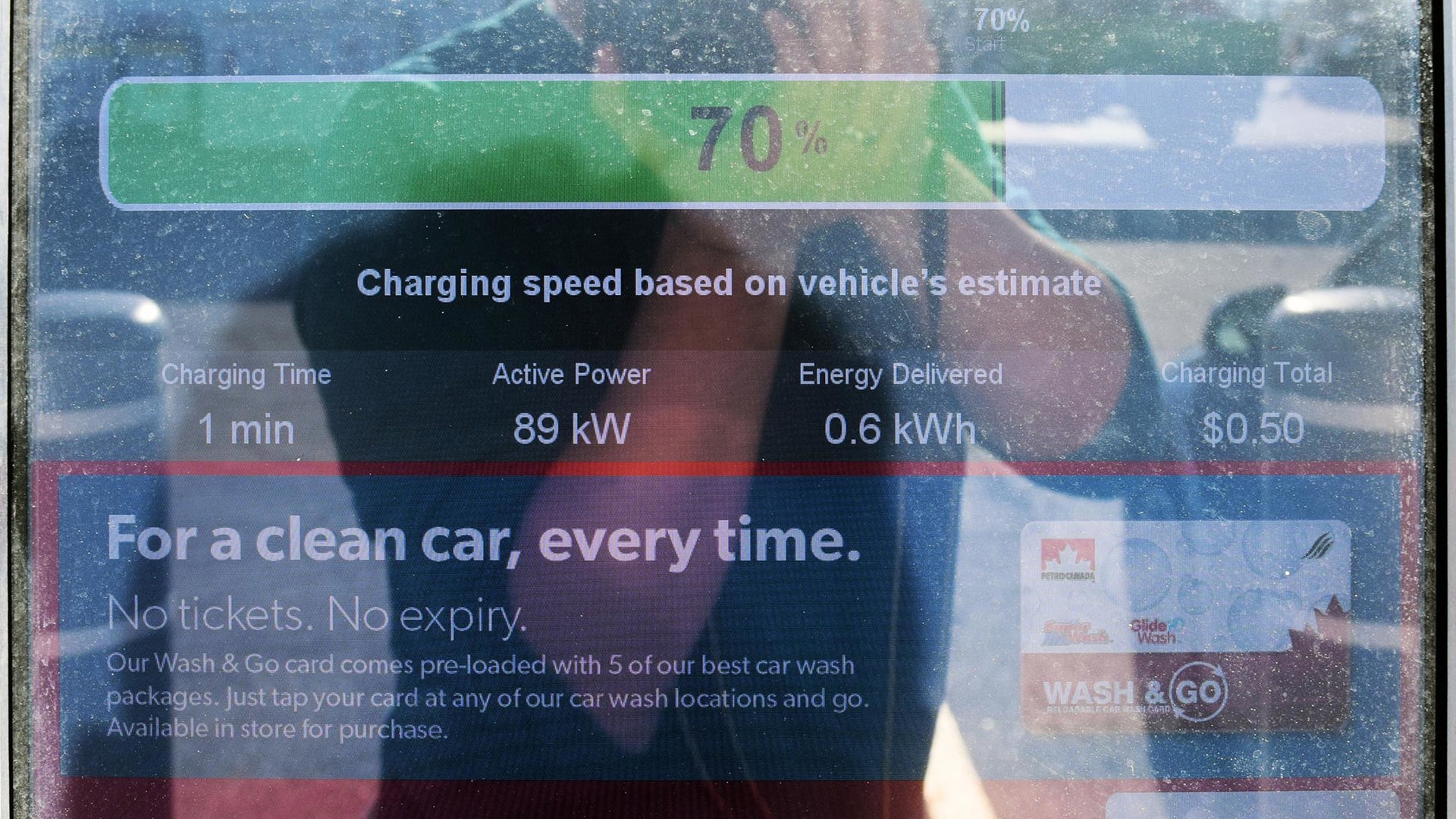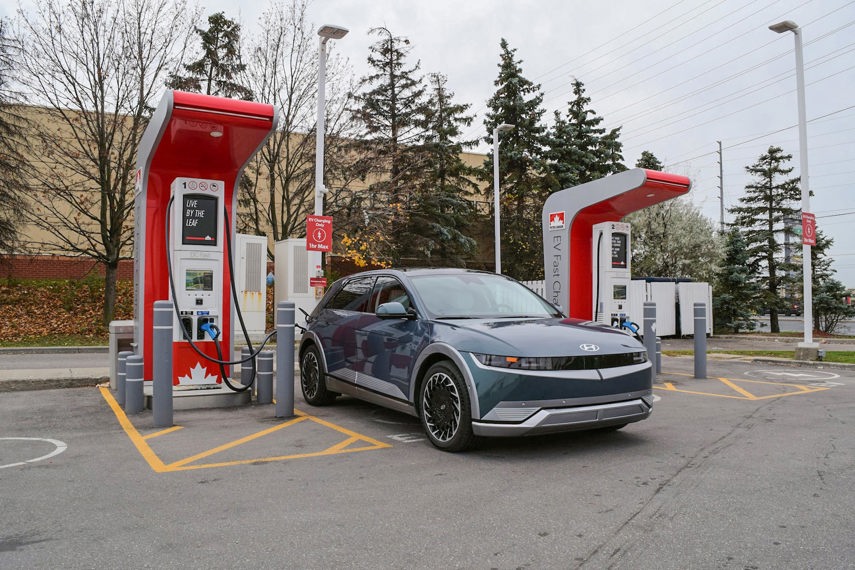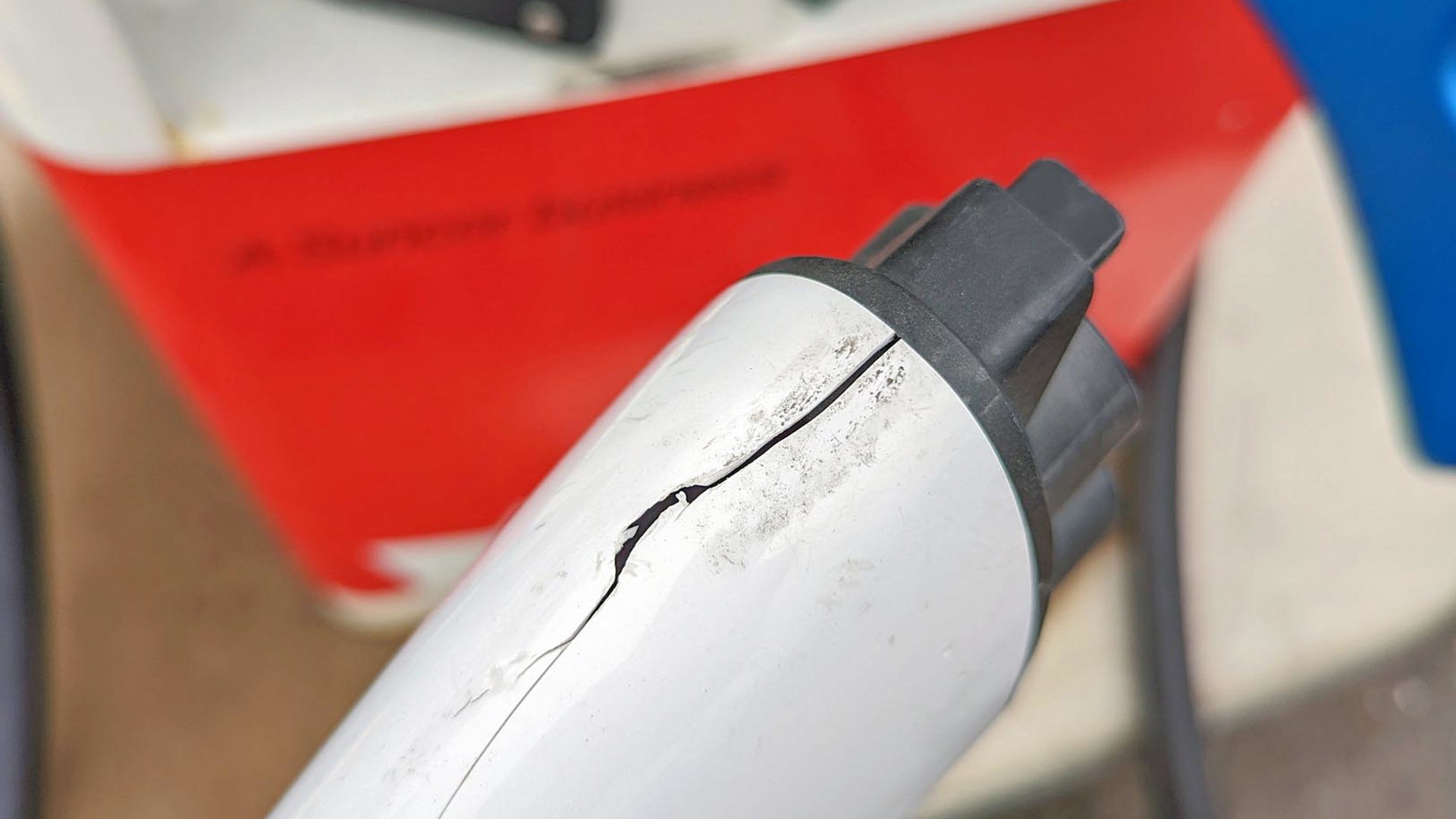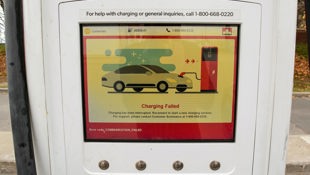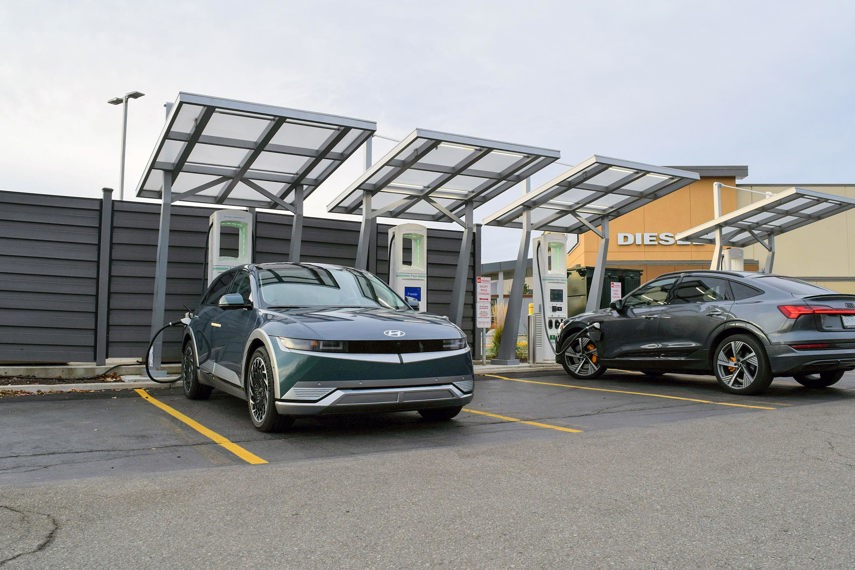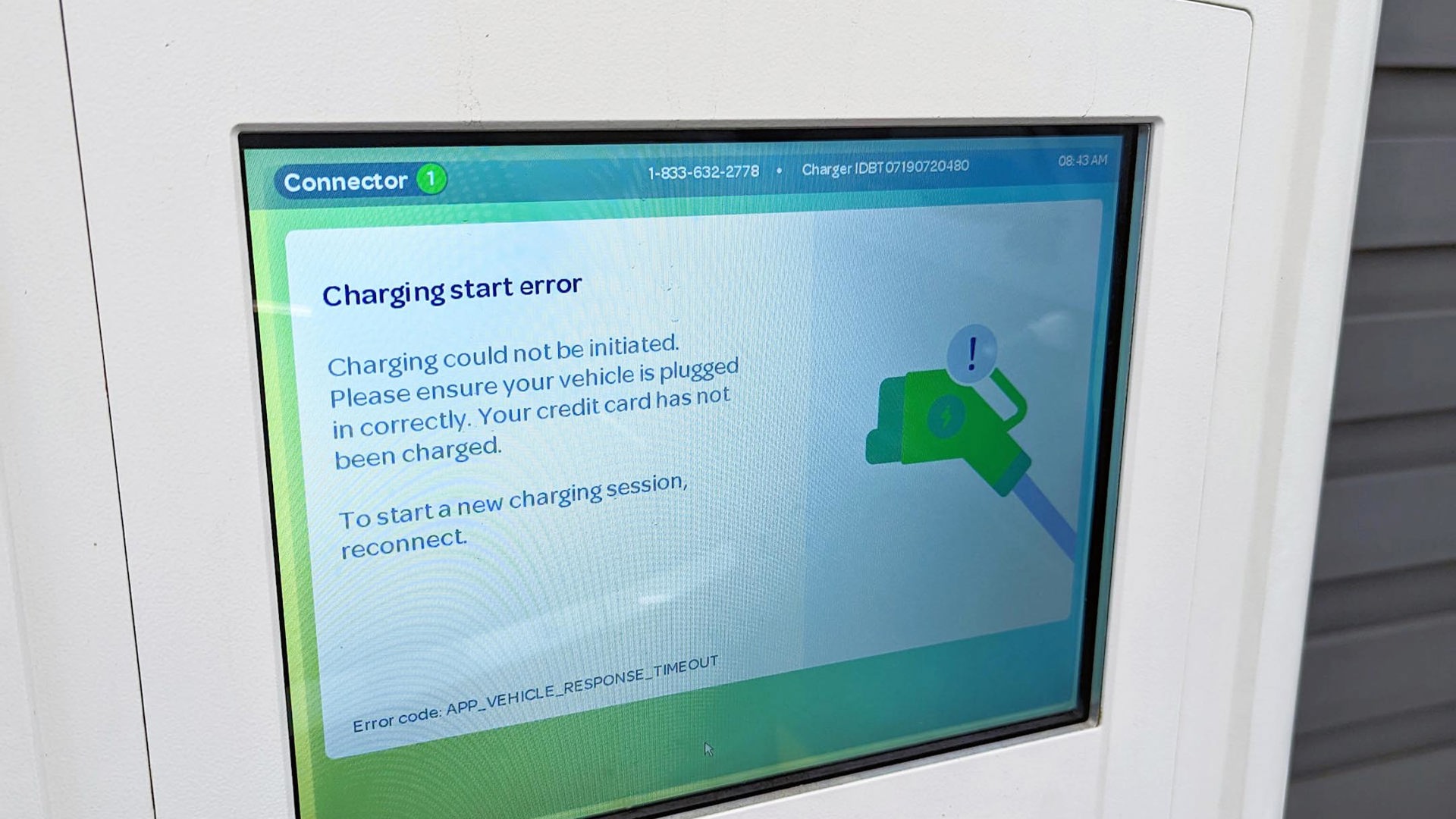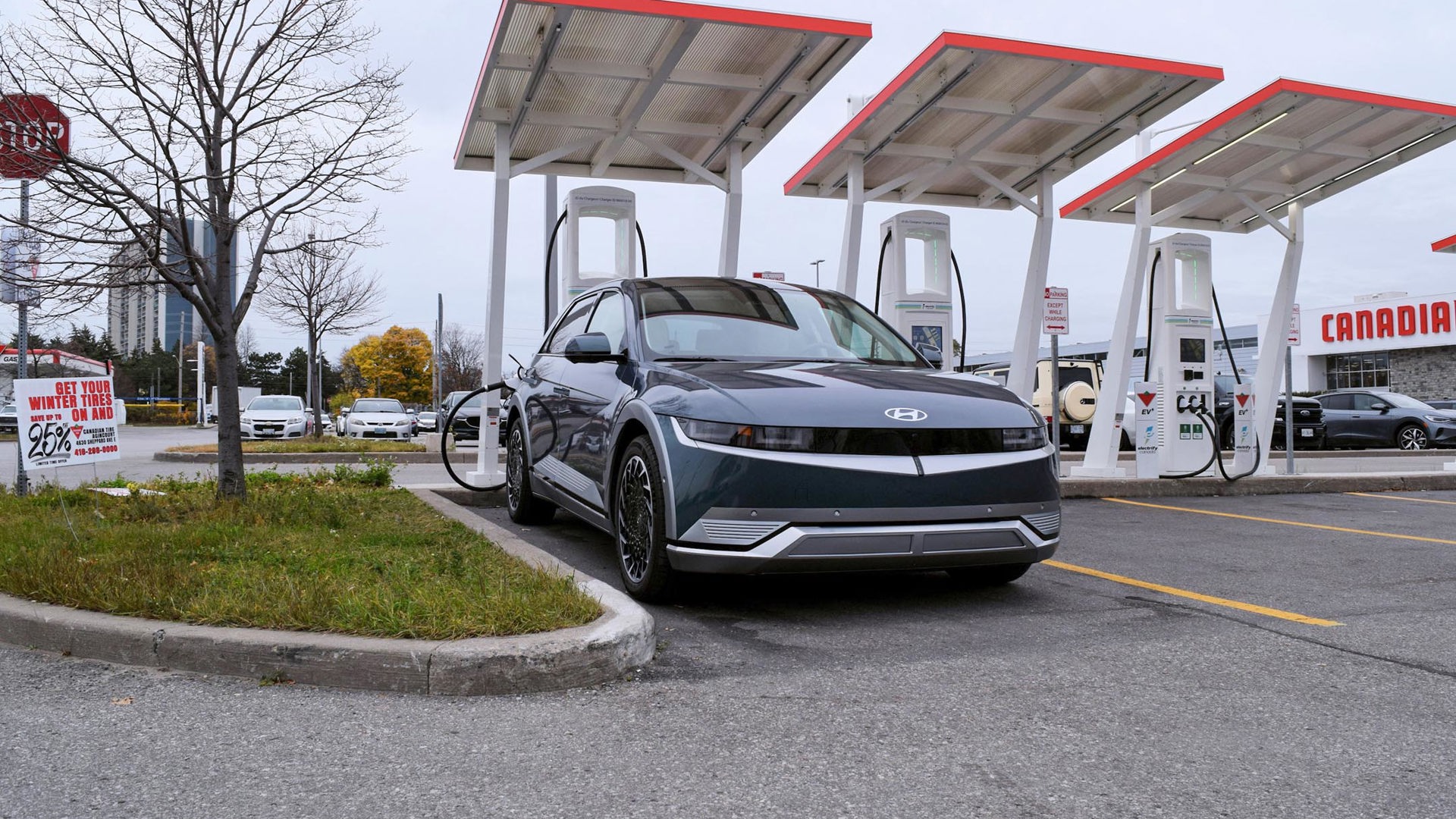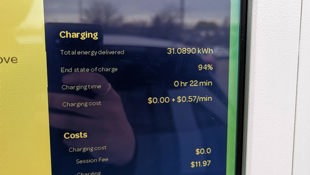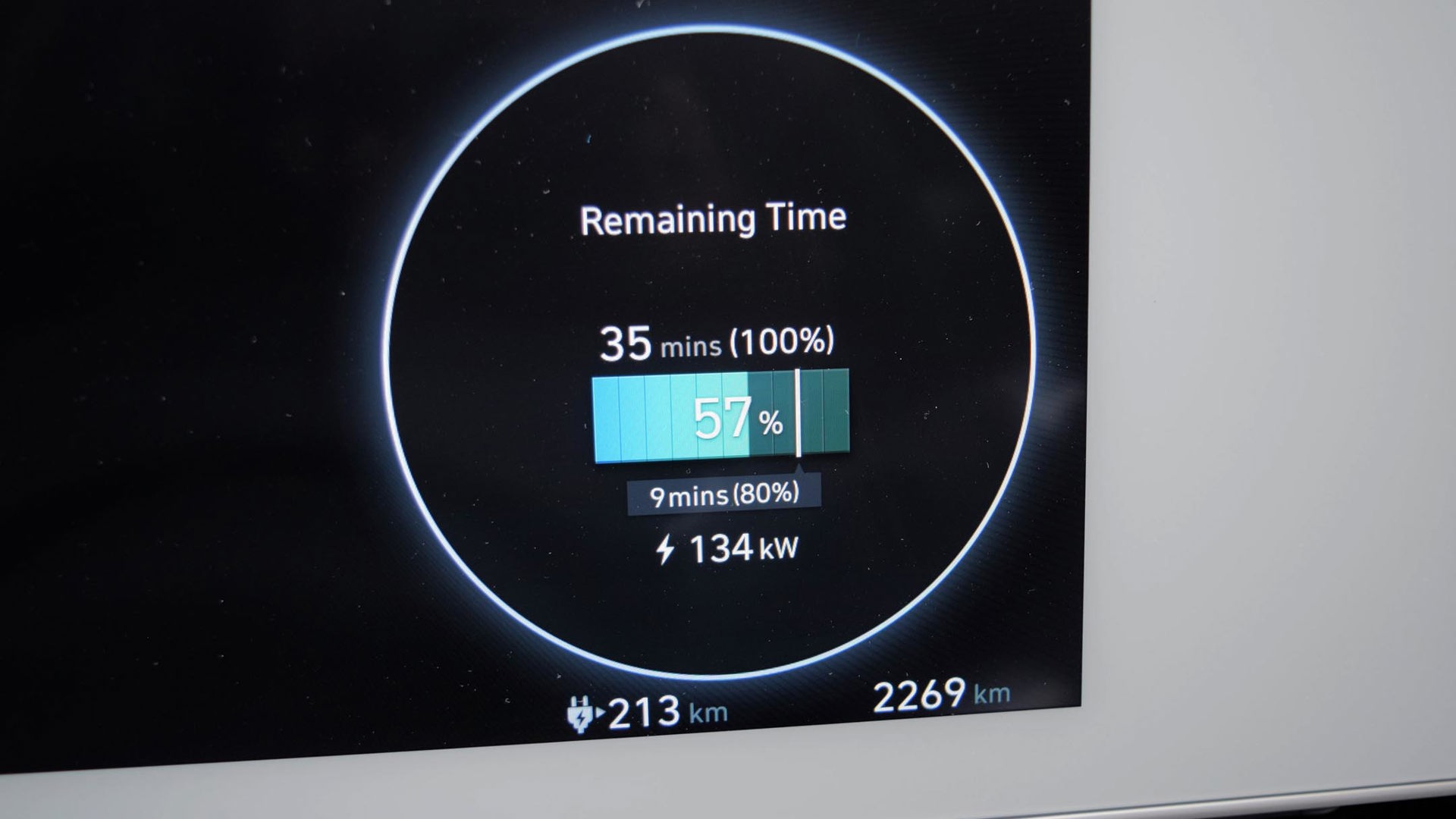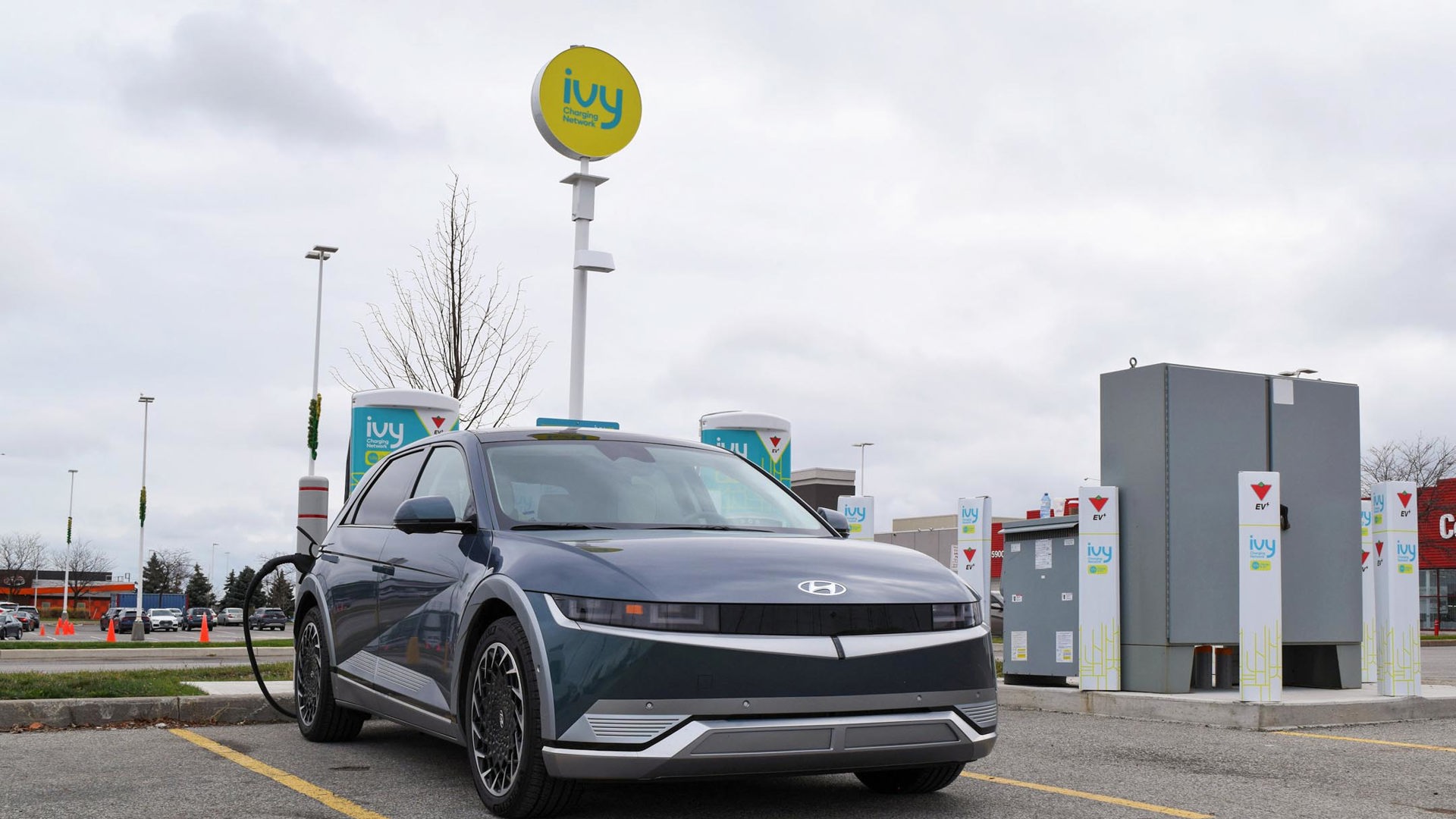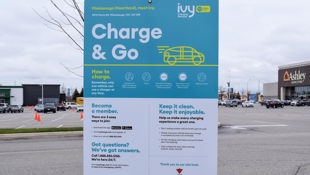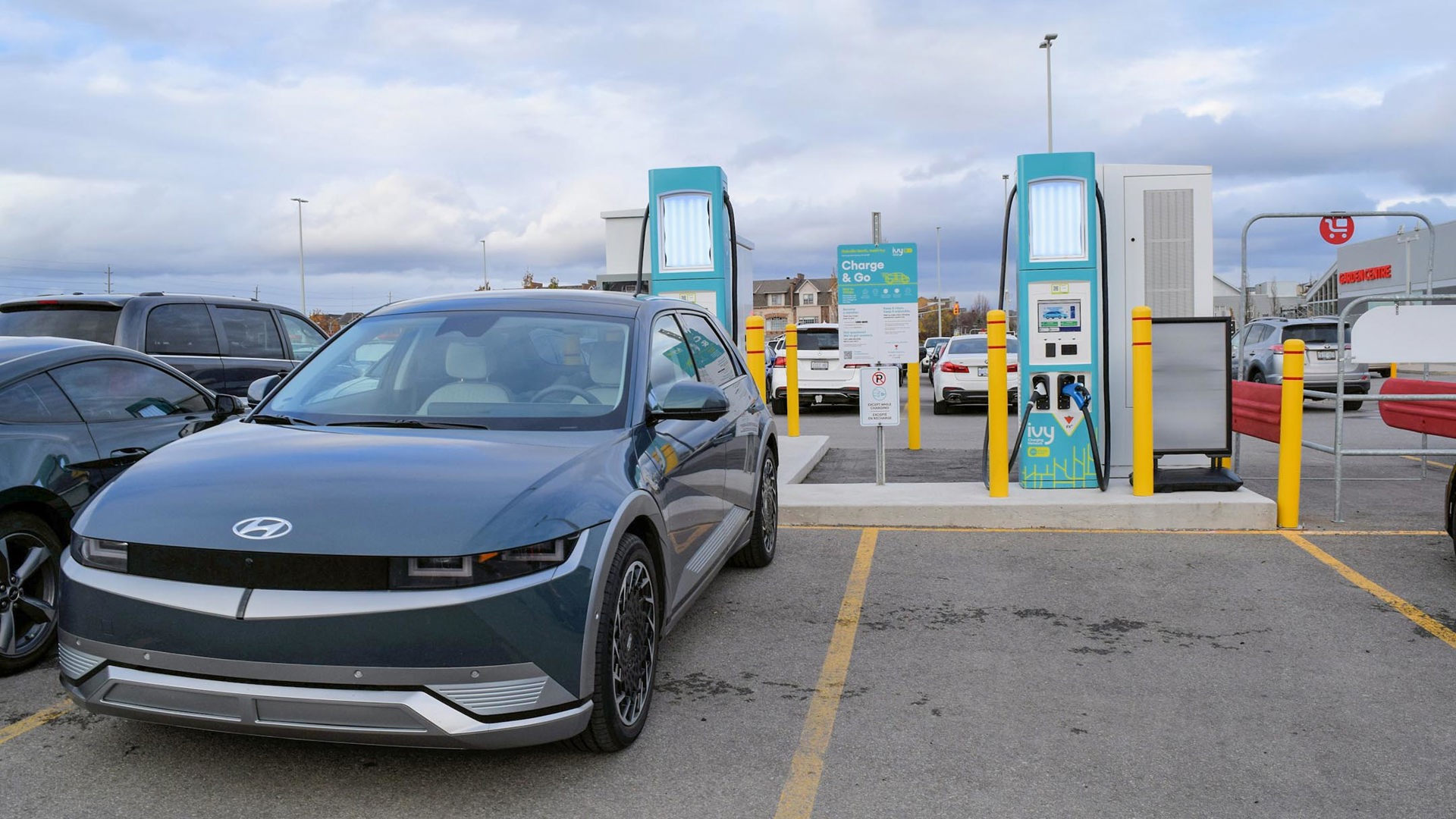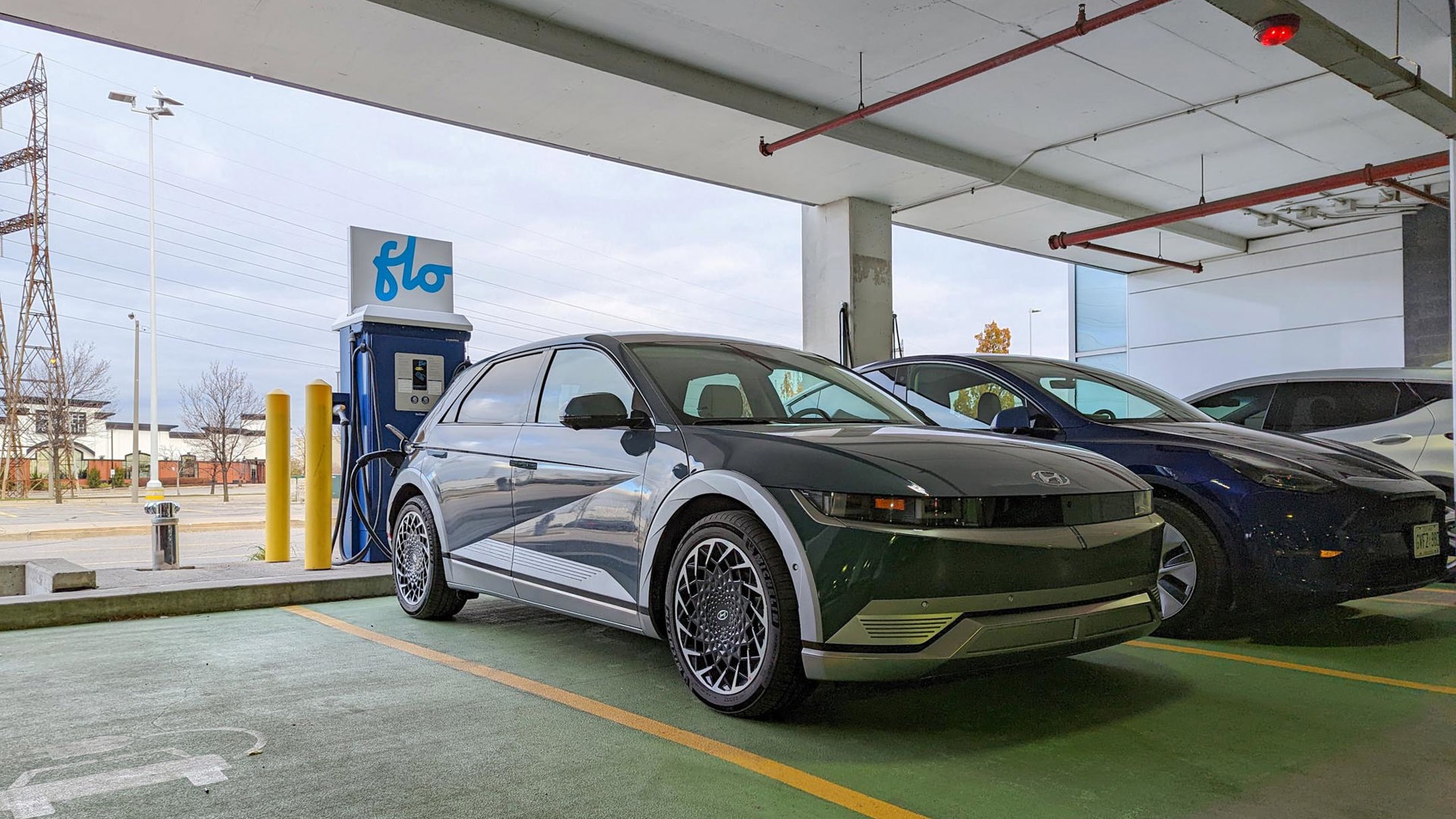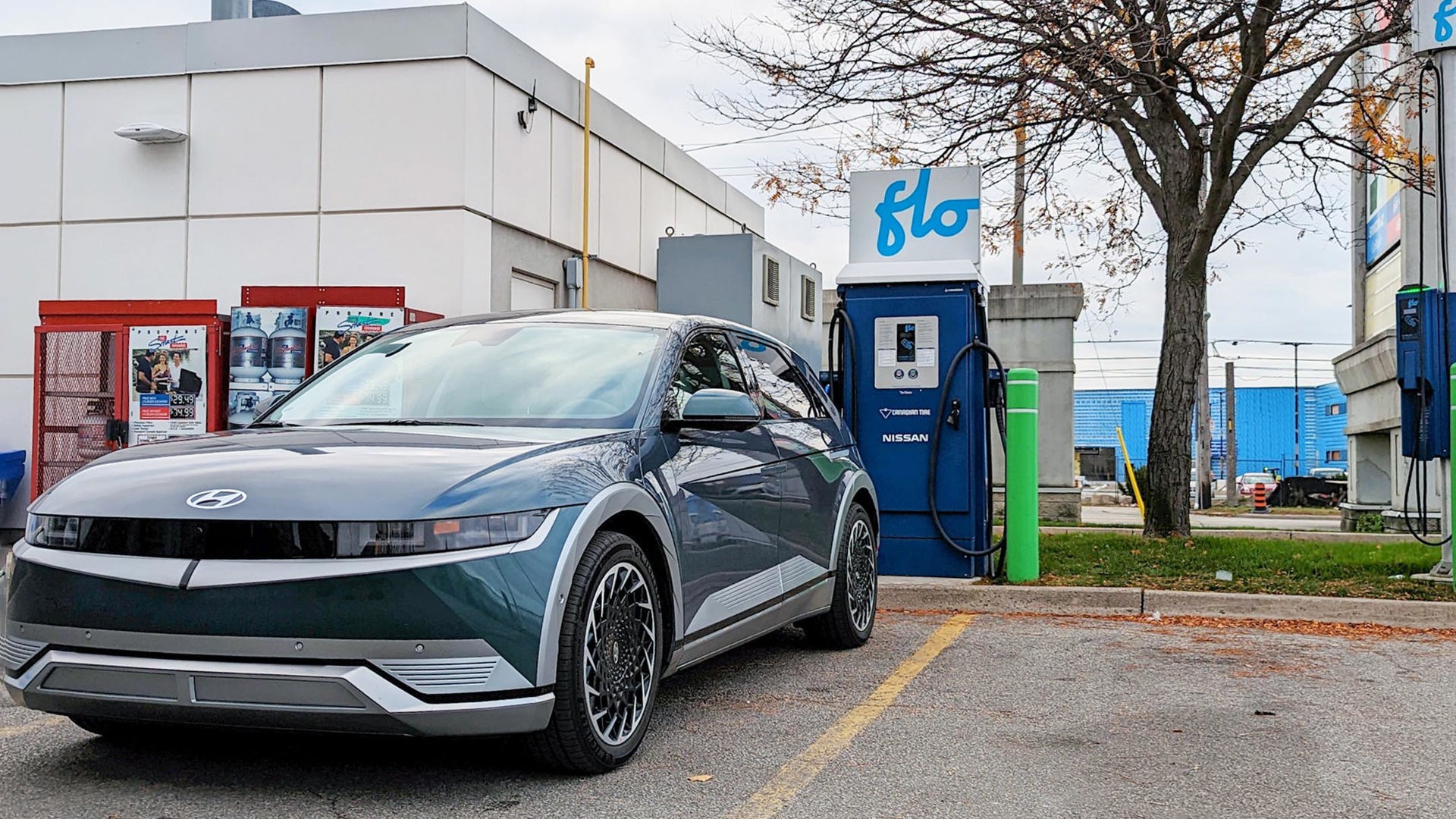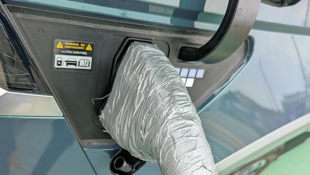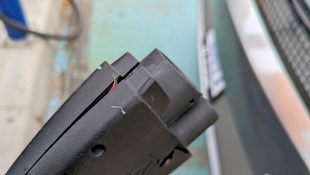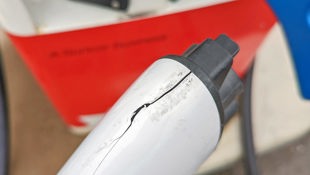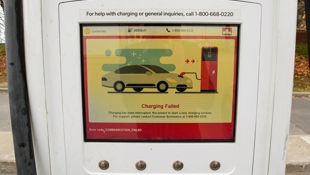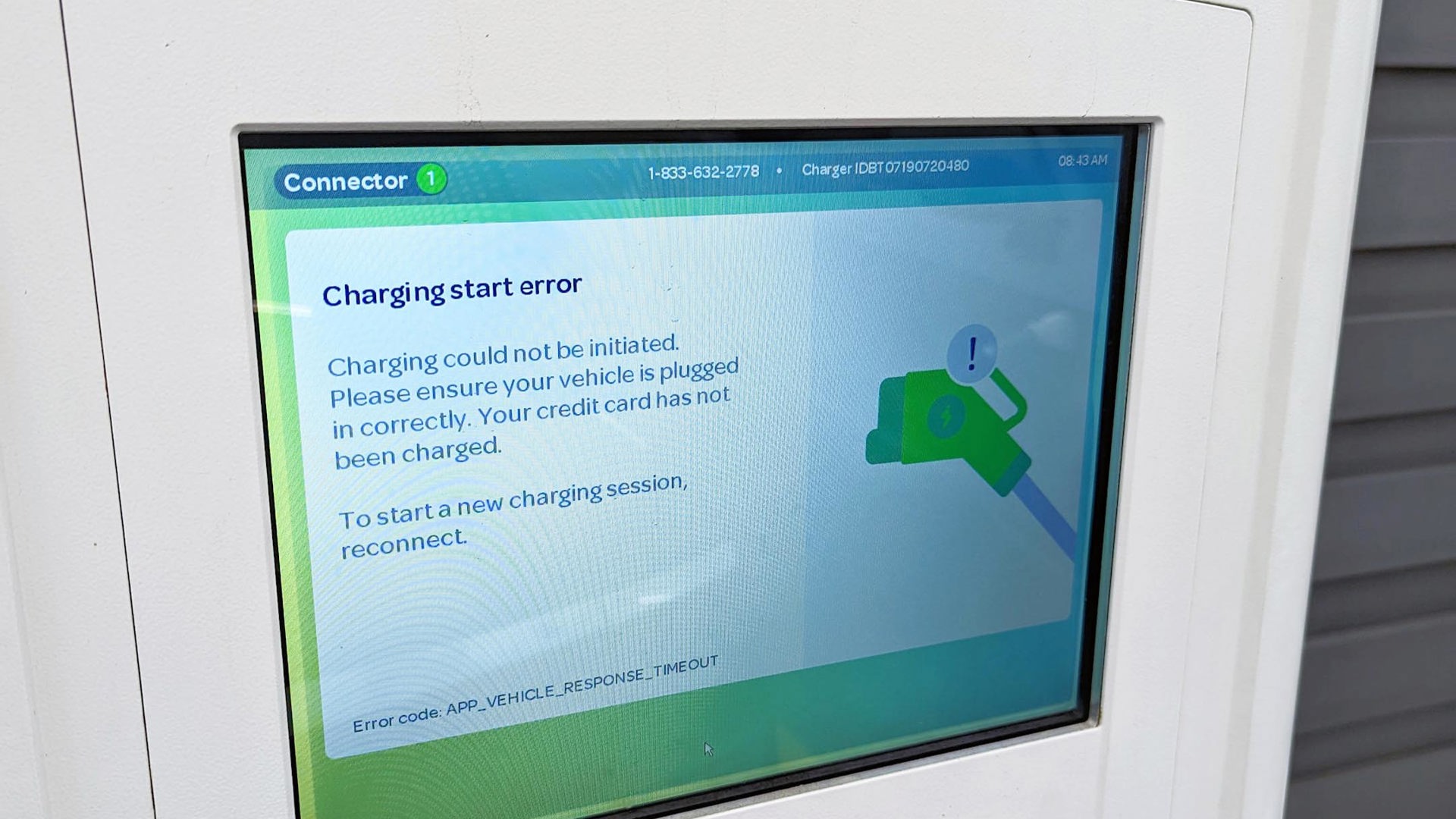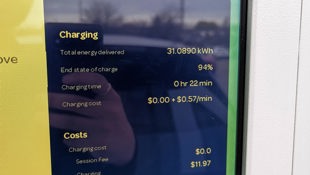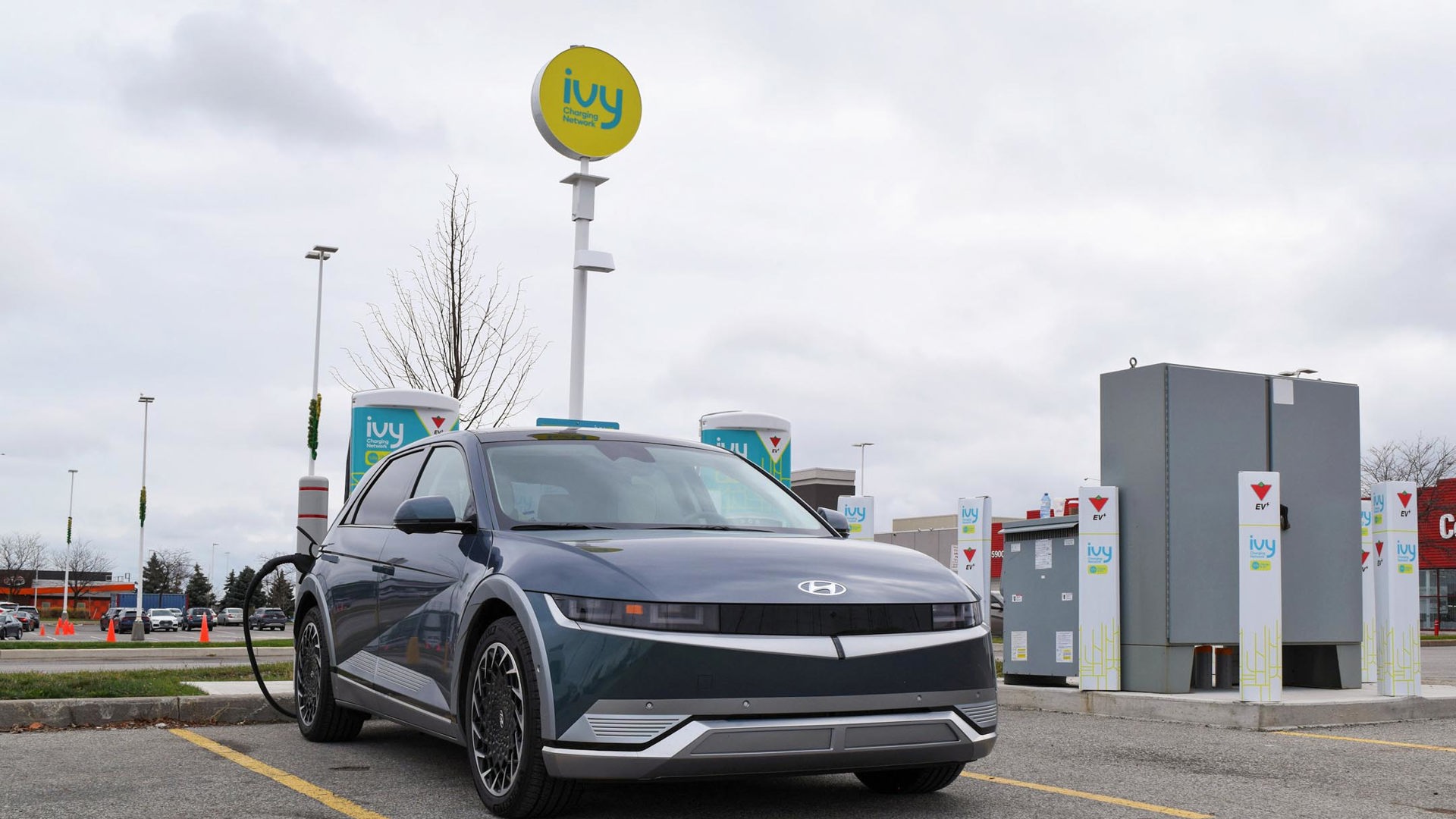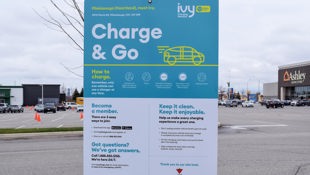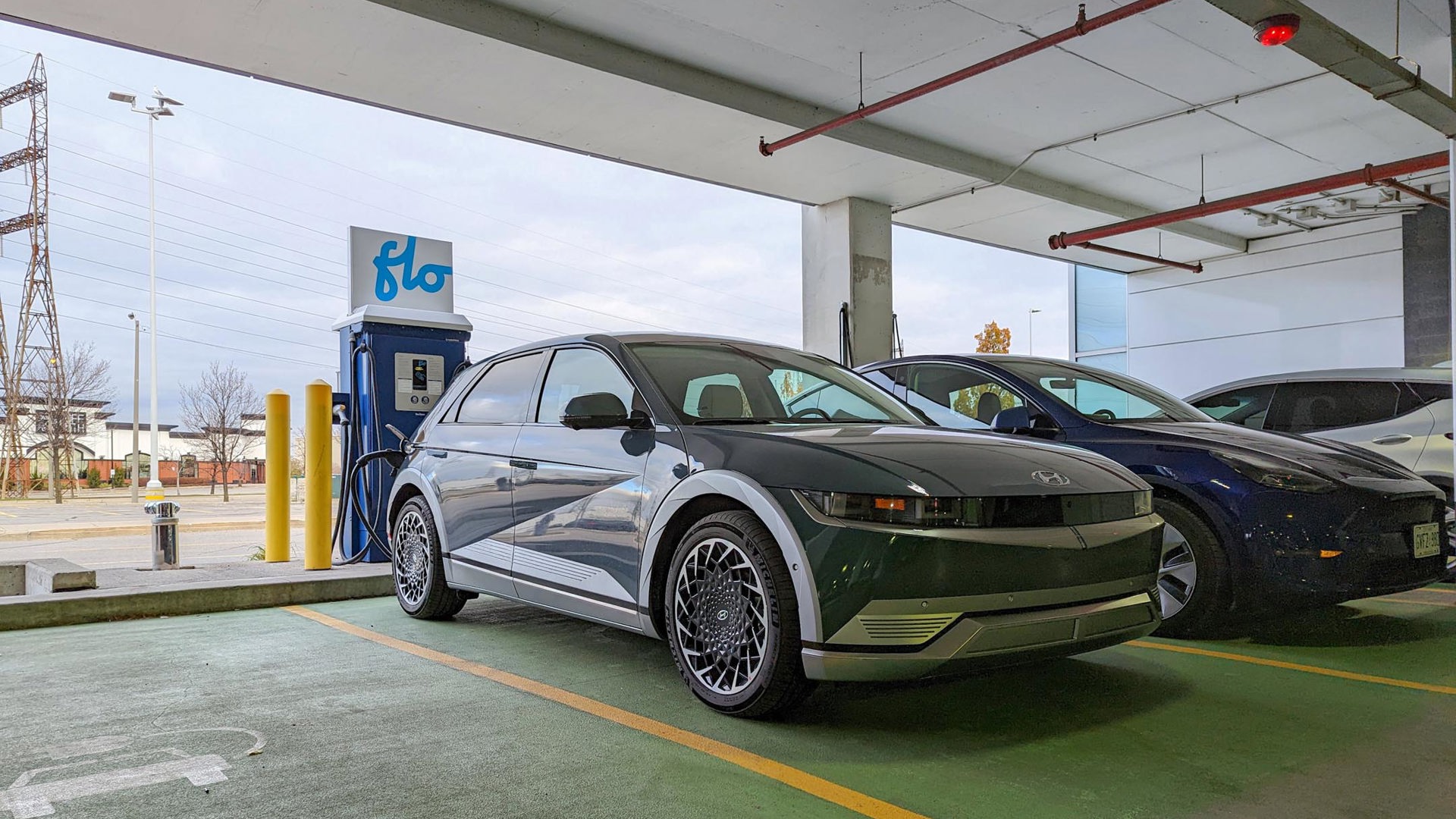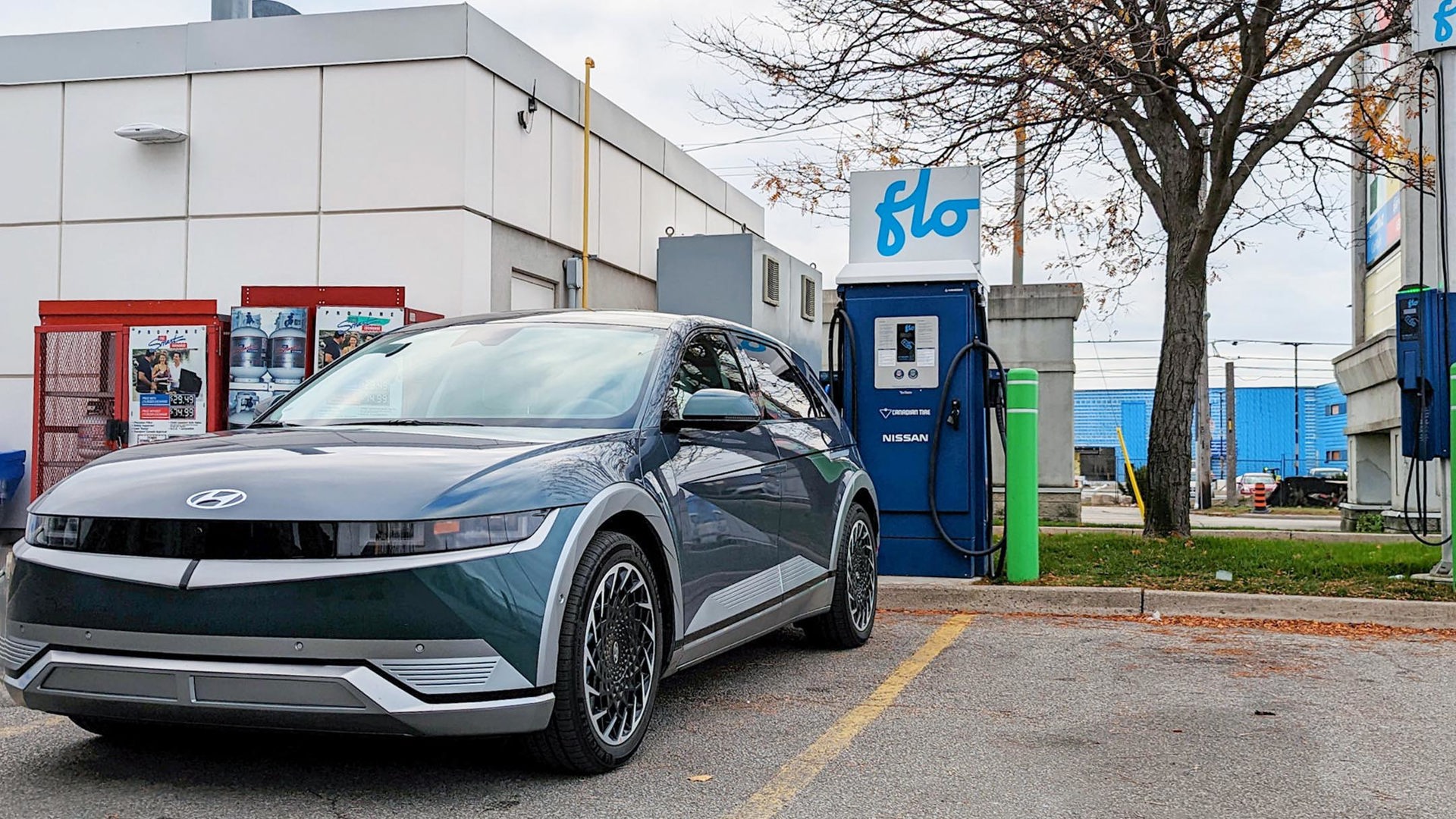Electric vehicles (EVs) feature zippy, smooth, and quiet acceleration with the added benefit of not having to pay the high gas prices that everyone else is complaining about. EVs offer many tangible benefits, especially if you have access to charging at home or at work, but EV drivers who are planning longer trips or don’t have access to home charging will need to use public DC fast charging stations.
Some DC fast chargers, also known as Level 3 chargers, can recharge an EV at a rate of up to 350 kW, helping some EVs like the Hyundai Ioniq 5, for example, charge its battery from 10 per cent to 80 per cent in under 20 minutes. That charging speed, however, depends on several factors. Not all chargers operate at that speed, and even the ones that can may not be able to provide that kind of speedy charge due to many factors outside your control like ambient temperature, battery temperature, battery state of charge, and how many other vehicles are plugged in nearby.
If you need to rely on the public charging network, it might be wise to lower your expectations, because my experience was far from sweet. EV stations differ between providers and it’s also important to understand that DC fast charging stations are currently not even close to offering the reliability and consistency we’re used to with gas stations.
We visited 10 DC fast chargers in the Greater Toronto Area (GTA) of Ontario, two from each major provider, to get a grasp on what to expect when you need a quick recharge.
ChargePoint
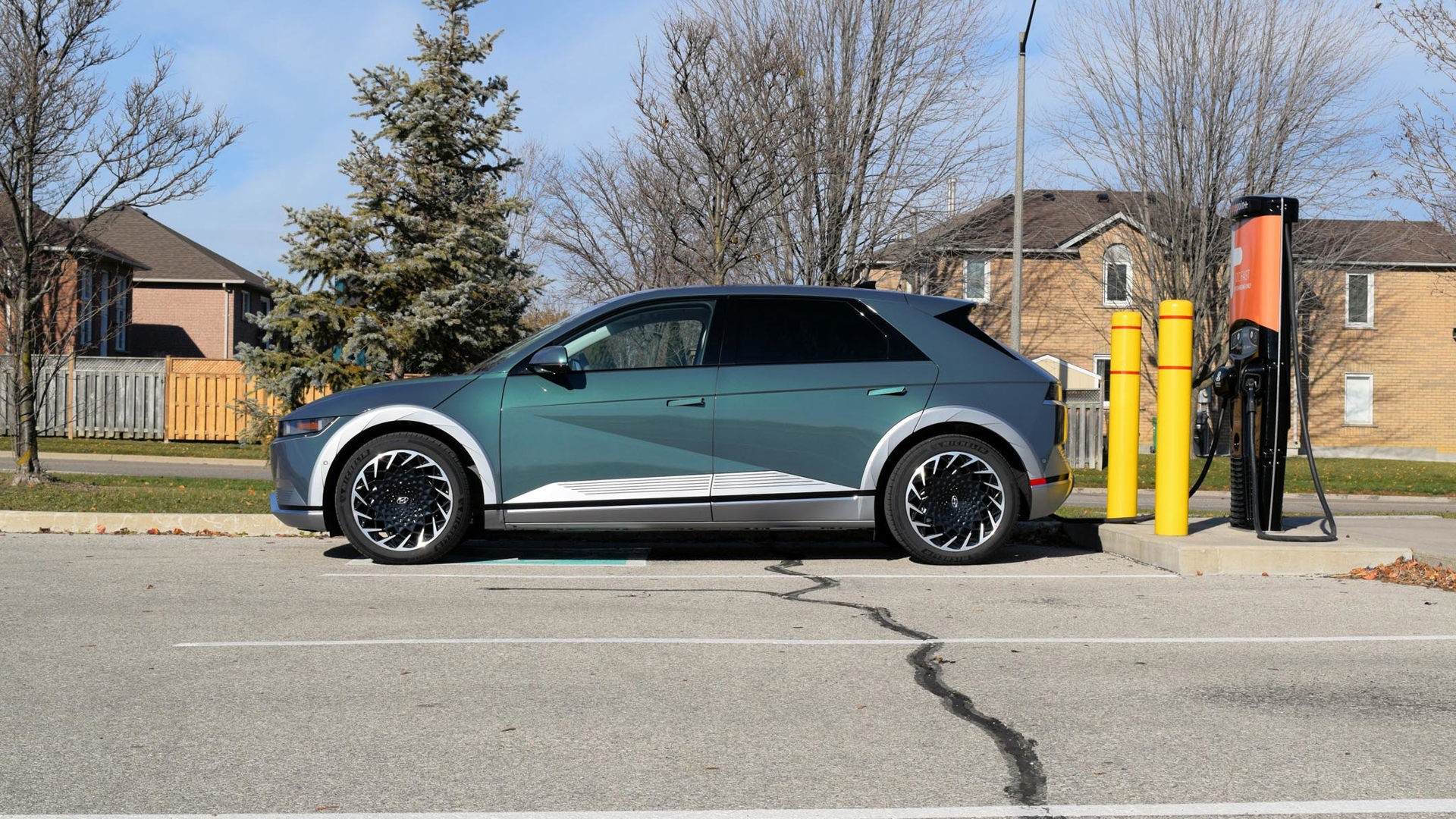
We visited two ChargePoint stations in two very different parts of the Greater Toronto Area. The first location, at the Margaret Dunn Public Library in Caledon, was a fairly serene experience.
As I arrived, a Porsche Taycan was just pulling into the station to recharge but had difficulties getting the plug to reach the car’s charge port. The cable is a bit short, so the driver had to reposition the vehicle a few times to make the connection, finally sidling up right next to the charger perpendicularly and blocking a few other parking spots.
The charger costs $3 per 15 minutes of charging and has a peak rate of 50 kW, which makes it among the slower DC fast chargers. You have to use the ChargePoint smartphone app or a registered pass card linked with your account to initiate and pay for the charge. Additionally, you have to load money into your account before charging, which can feel like a scam if you encounter any charging issues (like we did at our next ChargePoint location).
The station lacks the amenities that we have become accustomed to from visiting gas stations. There was no washroom, no shelter, inadequate lighting, and no garbage bins. However, depending on the time of day, you could spend some time in the library.
The second ChargePoint location I visited was at the Toronto Pearson Airport Cellphone Waiting Lot and it was, by far, one of the worst DC fast charging experiences I’ve ever had.
The ChargePoint app indicated that there were five 50-kW DC fast charger stations at this location, but three of them were reporting “No Status,” which typically means they’re not connected or not working. I figured that must mean the other two were operational. That proved to be a naive assumption, as every station was completely unusable. Three of the stations had big error signs on their displays, while the other two featured significantly damaged charge plugs. One was wrapped in duct tape (did Red Green approve this repair?), while another had exposed wires. Considering these chargers were supposed to be free and located in a convenient location near the airport, this was a huge letdown.
Petro-Canada
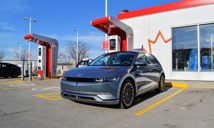
Petro-Canada’s chargers are located within Petro-Canada gas stations, which means you get access to the same amenities while recharging. There’s a washroom, a store, garbage bins, an air compressor, and more. There’s plenty of lighting as well, ensuring drivers who need a charge in the evening aren’t stumbling around in the dark. The stations have a very small canopy covering that might help provide shelter in the rain or snow. The location I visited in Milton also featured an A&W, letting you satisfy some fast food cravings while recharging.
The DC fast chargers at this location support speeds up to 200 kW, which is significantly faster than most stations. However, it costs $0.50 per minute, putting it among the more expensive providers on this list. Fortunately, you can easily pay for your charge via a credit or debit card tap terminal on the station. I really appreciated not needing a special app that requires pre-loading funds.
Like other chargers, the cable length on these stations is a bit short, so you need to park with precision to get your car plugged in. This station also had Level 2 chargers available for vehicles that don’t support Level 3 charging or don’t need it. Based on this one location, I might have said the Petro-Canada chargers are close to perfection.
However, my positive Petro-Canada experience in Milton was contrasted by a frustrating one in Vaughan. Like the other station, this was located in a Petro-Canada gas station and featured all the same amenities and drawbacks. It was advertised as offering charge rates up to 350 kW for $0.50 per minute.
However, despite the Petro-Canada app suggesting these chargers were operational, they couldn’t initiate a charge. The first kiosk I used had a non-operational touchscreen, so I tried to overcome this issue by starting the process from the smartphone app. That didn’t work. The second charger had a working touchscreen but didn’t recognize that it was plugged into the vehicle and couldn’t initiate any charge. Upon closer inspection, the charge plugs had cracked or broken handles, which might have contributed to the issues.
Electrify Canada
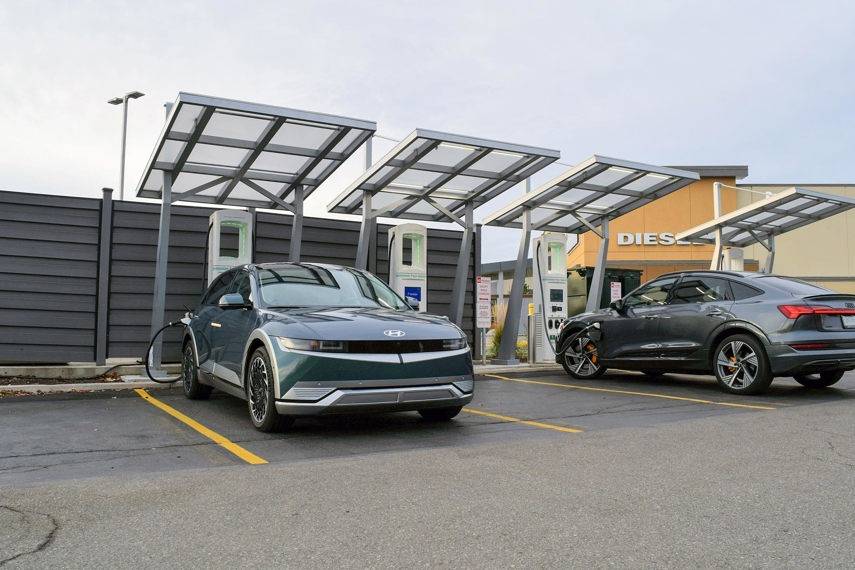
Electrify Canada offers some of the fastest charging stations out there, with most locations including at least one 350-kW capable kiosk. I visited the Milton location at the Toronto Premium Outlet Mall, which is fairly easy to find, and has a lot of shopping and food options nearby. Electrify Canada also lets you pay with a credit card at the station or through a smartphone app. On the app, you have to pre-load money onto your account, which can be annoying if you encounter a faulty charger.
On the faster chargers, it costs $0.57 per minute, while the slower plugs cost $0.27/min. Electrify Canada also offers a $4 per month membership option that lowers those costs to $0.44/min and $0.21/min.
The location has four stalls, although one of them wasn’t working and wouldn’t start a charge. Otherwise, everything worked smoothly. The station has shelter and lighting, ensuring it could be usable in dark or rainy conditions. Additionally, the cable was long enough and very accommodating, unlike what I experienced at other stations.
My pleasant Electrify Canada experience was mirrored when I visited the Scarborough location, which is found within the parking lot of a Canadian Tire. Many Canadian Tires feature some kind of DC fast charging setup, but not always from the same provider.
All four stalls at this second location were working fine and the charger worked smoothly. Unlike the other location, this one had fewer options to help you pass the time. You could go shopping at the Canadian Tire or Mark’s Work Wearhouse, and there was a nearby hot dog vendor. Otherwise, I would recommend the Electrify Canada location for those seeking a fast charge in a well-lit, hassle-free environment.
Ivy
The two Ivy chargers I visited were located at two different Canadian Tires. You can also find Ivy Chargers at various OnRoute rest stops in Ontario. The one I used at the Heartland Town Centre in Mississauga featured a charging speed of 50 kW, while another I visited in Oakville topped out at 150 kW. Both cost the same at $18/hour. Like the other providers, the Ivy app needs you to load funds into the app before charging, which can be frustrating if the charger doesn’t work, or if you need less electricity than what’s in the wallet, leaving an arbitrary, potentially useless balance.
Unlike the Petro-Canada or Electrify Canada locations, which let you tap a credit card at the station, Ivy forces you to pay via the smartphone app. Within the app, I noticed a strange discrepancy. The app indicated that the locations featured four chargers, but in reality, there are only two stations. Each charger has two cables – one with a CCS connector and one with a CHAdeMO connector. When I plugged in the Ioniq 5, which uses a CCS plug, no one would be able to use my station’s CHAdeMO plug at the same time. It seems misleading to suggest there are four chargers at the location when in reality there are only two.
Otherwise, the chargers worked as expected. They don’t feature shelter or bright lights at night, but because they were located in shopping plazas, there was a reasonable amount of things to do or eat nearby.
Flo
Anecdotally, I seem to find a lot of Flo DC fast chargers and have been pleasantly surprised at how reliable they’ve been. I used one located at Sherway Gardens and another located nearby at a Canadian Tire in Etobicoke. Both worked without issue and featured long cables for easy connections and parking.
While these Flo DC fast chargers topped out at 50 kW, they also feature Level 2 chargers ranging from 6 to 12 kW, which is handy for PHEVs or older EVs without fast charging support. The DC fast chargers cost $20/hour, while the Level 2 units cost $1.50/hour. This makes them about the most expensive of the 50-kW chargers. You have to use the Flo Charging app or a membership card associated with an account to initiate the charge. Like the others (except for Petro-Canada) you need to load funds into your Flo account before charging.
Both locations featured plenty of shopping and food options nearby. The charger in Sherway Gardens was in a covered parking lot, while the one at Canadian Tire was outside by the gas station. My biggest complaint with these Flo Chargers is that they can be hard to find, with limited signage directing you to them. The LCD information screens are less useful than the Petro Canada and Electrify Canada stations too.
Final Thoughts
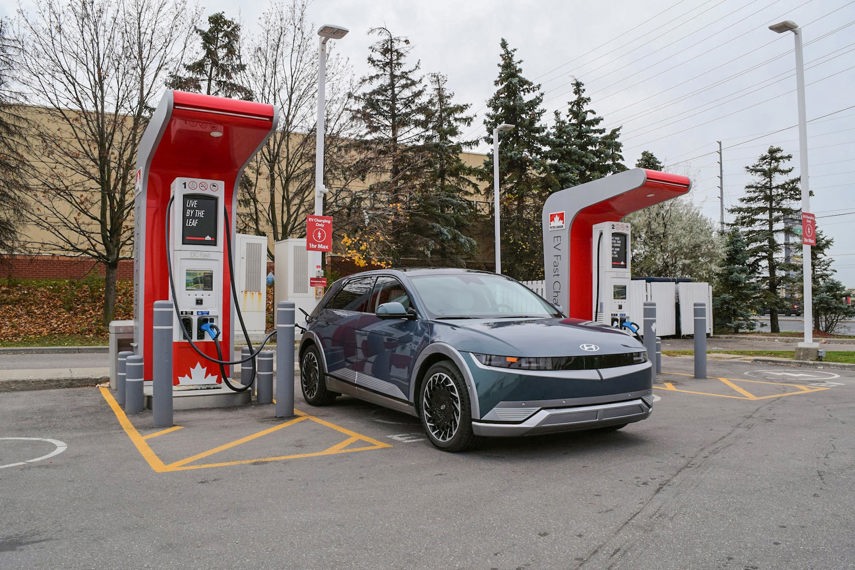
DC fast chargers are supposed to open up long road trips and allow for short recharge times, but in our experience, the infrastructure and reliability of these chargers are far behind what we’ve come to expect at gas stations. If Canadians are expected to make the jump to EVs, improving the public fast charging infrastructure is vital to making that a reality.
